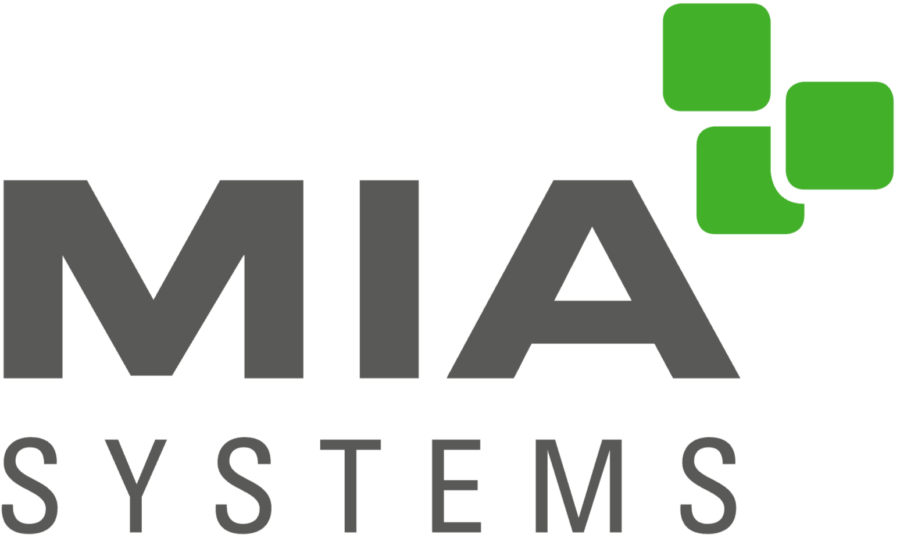
A warehouse management system essentially describes a system for managing storage locations and stocks. The Warehouse Management System or WMS for short, on the other hand, is generally used to describe the control, monitoring and optimization of complex flows of goods in intralogistics. In addition to the elementary functions such as storage location and quantity management as well as the control of the flow of goods, the scope of services also includes extensive methods for monitoring the system or system status as well as a selection of optimization strategies.
The key elements are mobility, integration and automation
Flexible and scalable logistics systems are needed to create the relevant difference on the market in the future. Online retail shows us how important automation will be for us in the coming years. Customers are demanding same-day delivery. What I order today, I want to have delivered today. This is an enormous challenge for logistics and IT systems in particular. System boundaries must be overcome and a view of the entire logistics chain is required. All systems, from order entry to delivery, must work together perfectly. In our view, this cannot be achieved with standard systems because the requirements of customers are completely different. It requires flexible and customized software solutions that are perfectly coordinated. The key elements are mobility, integration and automation.
Processes in intralogistics can be optimized through the use of mobile devices (hand scanners, smartwatches, smart glasses, etc.). Mobility also means flexibility. This flexibility underlines the possibility of incorporating customer-specific requirements into the logistics systems. The WMS must be embedded or integrated into the customer’s environment and offer absolute transparency. Boundaries must be eliminated and the different systems merged so that the ERP system and the WMS work together optimally to generate the best possible customer benefits.
The WMS of MIA
Processes in the company should be automated in order to relieve the workload on people and reduce costs. This is achieved on the one hand with the help of mobile devices (reduction of paperwork, etc.) and on the other hand through the use of fully automated transport systems.
In future, the WMS will form the hub of all these systems (ERP systems, mobile devices, fully automated transport systems, etc.). The future challenges for the WMS are therefore the coordination of all these systems, acceptance by the user, the mapping of customer-specific requirements and the creation of the necessary transparency so that changes can be responded to as quickly as possible. Strictly according to the motto: “I can only control what I can measure and evaluate.”
